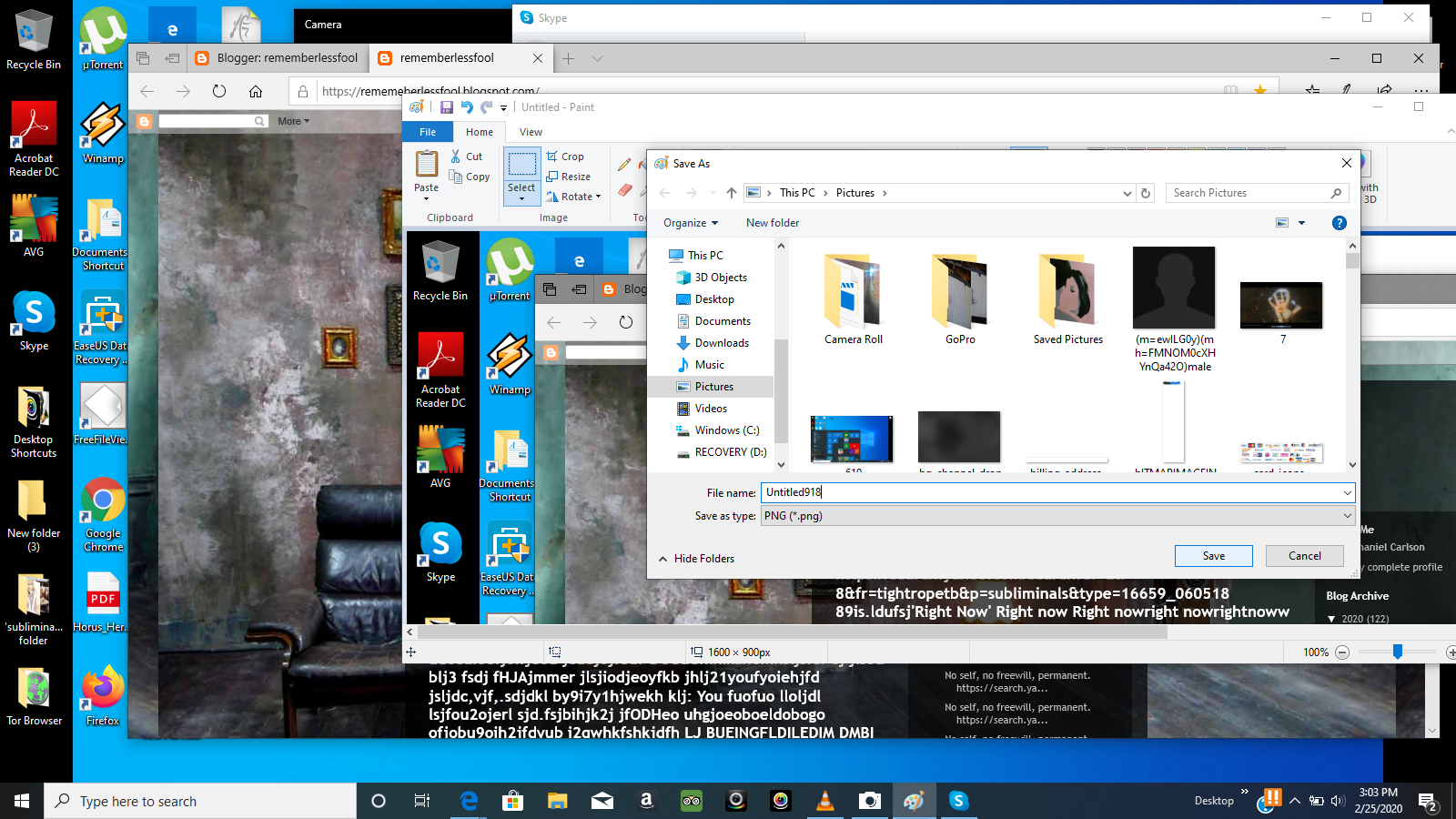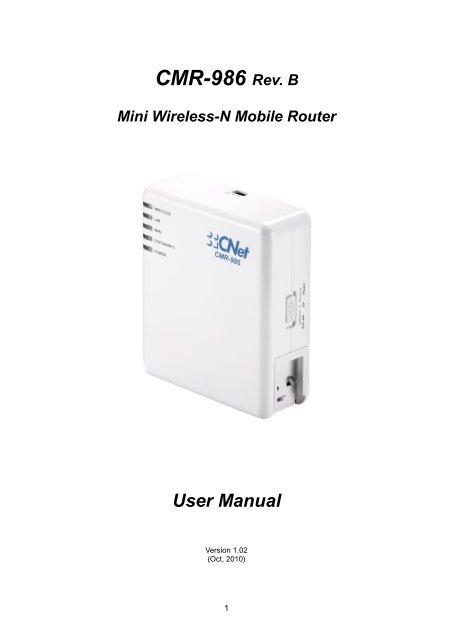

- #Cnet mac memory cleaner for free
- #Cnet mac memory cleaner how to
- #Cnet mac memory cleaner full
- #Cnet mac memory cleaner free
So now your computer relies on your hard drive space to keep your apps going. This comes to save you when you’ve run out of physical RAM. The available space on your Mac’s drive translates into virtual memory.
#Cnet mac memory cleaner free
Free up disk space if Mac is low on memory In this way, you’ll free up the solid amount of RAM on Mac - 100% free of charge. Check Login Items to see the list of apps that get opened when you start your Mac.Īs you’ve already come to the Optimization module of CleanMyMac, you can also fix hung apps and heavy memory consumers there.
#Cnet mac memory cleaner for free
#Cnet mac memory cleaner how to
Here’s how to disable Login Items with CleanMyMac X: CleanMyMac X is an excellent example of such software. Although this method doesn’t require some superpowers of yours, some special Mac optimization and memory cleaner tools may do the job faster and ensure the smooth performance of your Mac. Now, you won’t see these apps pop up the moment you turn on your Mac. Check programs you don’t want to load as your Mac starts.Open System Preferences and select Users & Groups.So, to remove Login Items and at the same time reduce your memory usage of your Mac, you need to: Don’t worry, you’re not deleting the app itself, you just stop it from auto-launching every time. If you’re looking to free up RAM, they are the first candidates for deletion. Some of them covertly add themselves to the list and this is no good. Login items are programs that load automatically upon Mac startup. Remove Login Items to lower Mac memory usage If it takes abnormally more than that, go inside that particular item in the list and press the Quit button. Normally an app would be using 0-4% of CPU. Open the CPU tab in Activity Monitor to keep in check CPU-heavy processes. On the contrary, the Memory Pressure graph is much more telling, so grow a habit to check this graph in the Activity Monitor every now and then. In fact, it’s a system intended behavior to use all memory resources when available. It seems counter-intuitive, but “available memory” your Activity Monitor is not that important after all. If your graph is all but red and yellow, your Mac is really gasping for fresh memory. Notice the colored graph under Memory Pressure. Wired memory: reserved by apps, can’t be freed upĬompressed: inactive, can be used by other apps
#Cnet mac memory cleaner full
I’ve attached a screenshot from my Mac and as you can see my memory usage almost reached full capacity. Press F4 and start typing Activity Monitor in the search bar. This invokes a good old Activity Monitor that should tell how much free memory you’ve got left.

Go to Applications and type in Activity Monitor in the search bar. To help it, you should first visit the Activity monitor to see memory usage on Mac. You’ll be also thrown warning messages as “Your system has run out of application memory”. You’ll also see many browser applications crashing. How do you know your Mac is low on memory? Floating “rainbow wheels” aside, you may notice your Mac now takes ages to load.

“Your system has run out of application memory” Get a combination of Setapp apps that clear away unneeded desktop files.


 0 kommentar(er)
0 kommentar(er)
